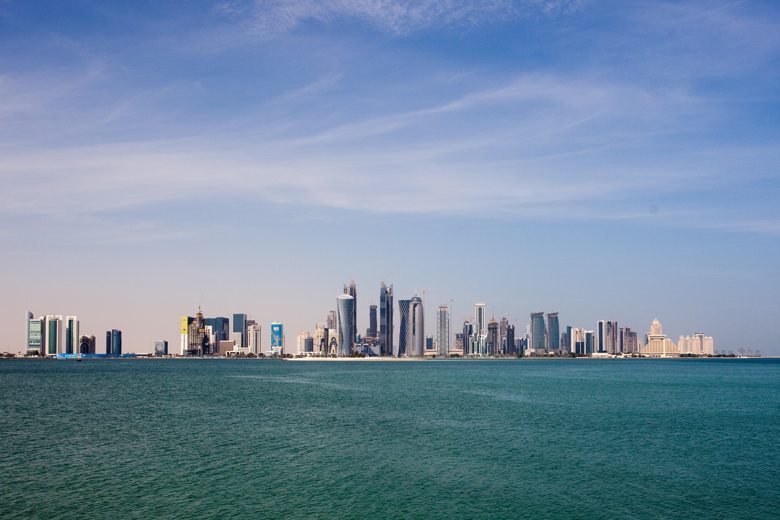

Moody’s has changed its outlook on the Government of Qatar’s long-term issuer ratings from negative to stable, while affirming the country’s long-term issuer and foreign-currency senior unsecured debt ratings at Aa3.
The change in outlook reflects Moody’s reckoning that Qatar can weather the economic boycott regime by Saudi Arabia, the UAE, Bahrain and Egypt “in its current form, or with further restrictions, for an extended period of time without a material deterioration of the sovereign’s credit profile”.
This assessment is based on Qatar’s broad resilience to the boycott, due to its “large net asset position”, high per capita income, hydrocarbon reserves and relatively low fiscal and external break-even oil prices – all of which, Moody’s notes, “provide a significant shock absorption capacity”.
After the crisis, Qatar’s non-oil growth has slowed, from 5.6 per cent in 2016 to about 4 per cent in 2017, while resident private sector deposits and foreign financing, such as non-resident deposits, have fallen by $40bn.
Determined response
Doha’s response, Moody’s notes, was “effective crisis management capacity among the public sector institutions including the central bank, ministry of finance and sovereign wealth fund”.
While foreign reserves at Qatar’s Central Bank took an initial hit in 2017, falling from $33.7bn before the sanctions to $13.2bn by end 2017, they had climbed back to $23.3bn by May 2018.
Moody’s adds that while outflows were equivalent to $30bn or 18 per cent of GDP during the second half of 2017 – as GCC clients repatriated their deposits and GCC banks withdrew funding – about a third of the cumulative outflows has reversed in the first five months of 2018.
This has allowed the central bank and Qatar Investment Authority to move assets offshore again.
As for the transport blockade, Moody’s explains: “The rapid recovery in imports, with initial levels restored in less than four months, illustrates the economy’s flexibility and policy effectiveness in rerouting supplies.”
Fiscal impact
Overall, the direct fiscal costs of the transport restrictions has been limited to the funding of an “air bridge” with friendly countries such as Turkey and Iran in the first two months of the blockade, and this amounted to less than 0.1 per cent of GDP.
The hardest hit segment has been tourism, which has seen visitor arrivals from the GCC countries – half of total arrivals in 2016 – fall by 40 per cent, while Qatar Airways has been forced to cancel 18 destinations in the Middle East and reported a “substantial loss” during the past financial year.
A more significant impact on fiscal cost was incurred by the delay of revenue measures planned for the middle of 2017 – including utility tariff and public service fee hikes – that would have raised an additional 1.5-2.5 per cent of GDP in revenue.
In 2017, however, this revenue shortfall was offset by lower capital expenditure, and Moody’s now expects that the delayed revenue measures will be implemented during 2018.
Similarly, the ratings agency expects the 5 per cent value-added tax previously due for implementation at the beginning of 2018 – with the aim of yielding up to 0.9 per cent of GDP in revenue – will be successfully implemented by early 2019.
Overall, in conclusion, Moody’s states: “The economic impact of the boycott has been modest and largely temporary.”
You might also like...

Saudi Arabia seeks K9 PPP project interest
25 April 2024

Kuwait reviews 1.1GW solar prequalifications
25 April 2024

LIVE WEBINAR: Abu Dhabi Oil & Gas 2024
25 April 2024

Qiddiya tenders site office package
25 April 2024
A MEED Subscription...
Subscribe or upgrade your current MEED.com package to support your strategic planning with the MENA region’s best source of business information. Proceed to our online shop below to find out more about the features in each package.




